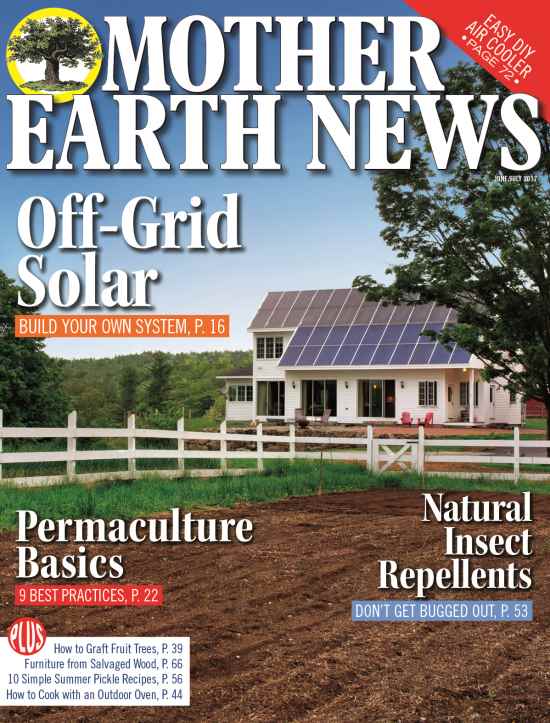A successful homestead typically has multiple income streams, and that means many things to attend to, especially in the spring. It’s easy to get overwhelmed and feel as though there are not enough hours in the day to take care of everything that needs attention. This is especially true for me this time of year. We are not only getting the garden planted and hatching chicks on a weekly basis, but we’re also gearing up for the opening day of our roadside farm stand. I find that managing my time wisely can help me be more productive and less stressed.
1. The Importance of Schedule and Routine
One of my most valuable tools is a simple day planner. I got used to using one in my prior career as a social worker, and found it valuable for keeping track of when I was meeting with clients, when I was teaching a class, meeting with other agencies and so forth. It’s useful in my farming life, too. I can block out the parts of my week that have a definite schedule- market hours, vet appointments, picking up farm-raised meat from our local USDA-inspected processor, etc. I write down when I need to attend to the incubators or when customers are coming to pick up poultry.
I also use it to write down what happened that day. I can quickly jot down when a calf was born or when we planted a crop. While I have separate records for these things, writing it down at the end of the day is a good habit to make sure these dates are recorded, even if I don’t get to the record keeping that day or that week.
Routine means that I’m doing the same thing in the same order each time or the same time each week. For example, I care for the animals in the same order each day. I work in a left to right pattern through all the pens and portable tractors. Going in a direction means it’s easy to add or eliminate a pen if I’m hatching baby birds or weaning a litter of rabbits. It also means if I get interrupted during chore time, I don’t have to spend time thinking about what has or has not been done as long as I know exactly where I left off. When the order becomes automatic, it means you don’t worry later if you remembered to feed something.
2. The To-Do List
Keeping a list of things to do is a great idea. This way things don’t get accidentally overlooked. I like to prioritize it into three parts- must do, should do, and would like to do. This helps me take care of the things that are most important, and reminds me of other projects to tackle if time allows. This also helps me stay on track. There is a small sense of satisfaction whenever I get to cross something on the list. I can also write down other tasks when they pop into my head so that I don’t forget. At the end of the week, I look over the list and carry over tasks not completed to the next week. Sometimes this means that they will move form the should do to must do, sometimes they will stay the same level of urgency. It’s good to critically evaluate each task every time I make a new list.

Essential tools for organization- a day planner and to-do list.
3. Everything in Its Place & A Place For Everything
Taking time to stay organized is a huge timesaver in the long run. How many times have you asked yourself “Where did I put that?” when looking for tools or supplies necessary to complete a task? That question is almost always followed by rummaging around for minutes (or longer!) until you find the misplaced item. The more you repeat this, the more valuable work time you lose. I find keeping tools and supplies organized has two main components. The first is having a designated spot for things. This means that not only can you find the tools, but it’s easy for partners/children/employees to find and use it as well. Clearly labeled bins, tidy shelves and cabinets, hanging racks and storage space make it easy for things and groups of things to have designated spaces. Spending a little on items that help you organize is not only a necessary business expense, but an investment in helping your business run more efficiently.
The second part of the process is putting your tools away, every time. This is the more challenging part! While it’s tempting to leave the rake and hoe in the garden when you’re planning to continue in the morning, how many times does your schedule change? Sometimes it may be due to unexpected storms or other weather conditions, which means your tools are incurring needless wear due to weathering. Or maybe something pressing comes up with the kids or the critters. If your partner is trying to take over the garden duties, they will be the ones losing time looking for which row the tools were left in. Putting them back every time means they are ready and available for anyone who needs them.
While getting organized and writing down what needs to be done takes a bit of time each week, I find that I save time by doing so. Using time wisely means I can get more things done and that my homestead businesses will be even more successful!











1 Comment
Your ideas concerning Time Management are outstanding. Thank you for sharing.